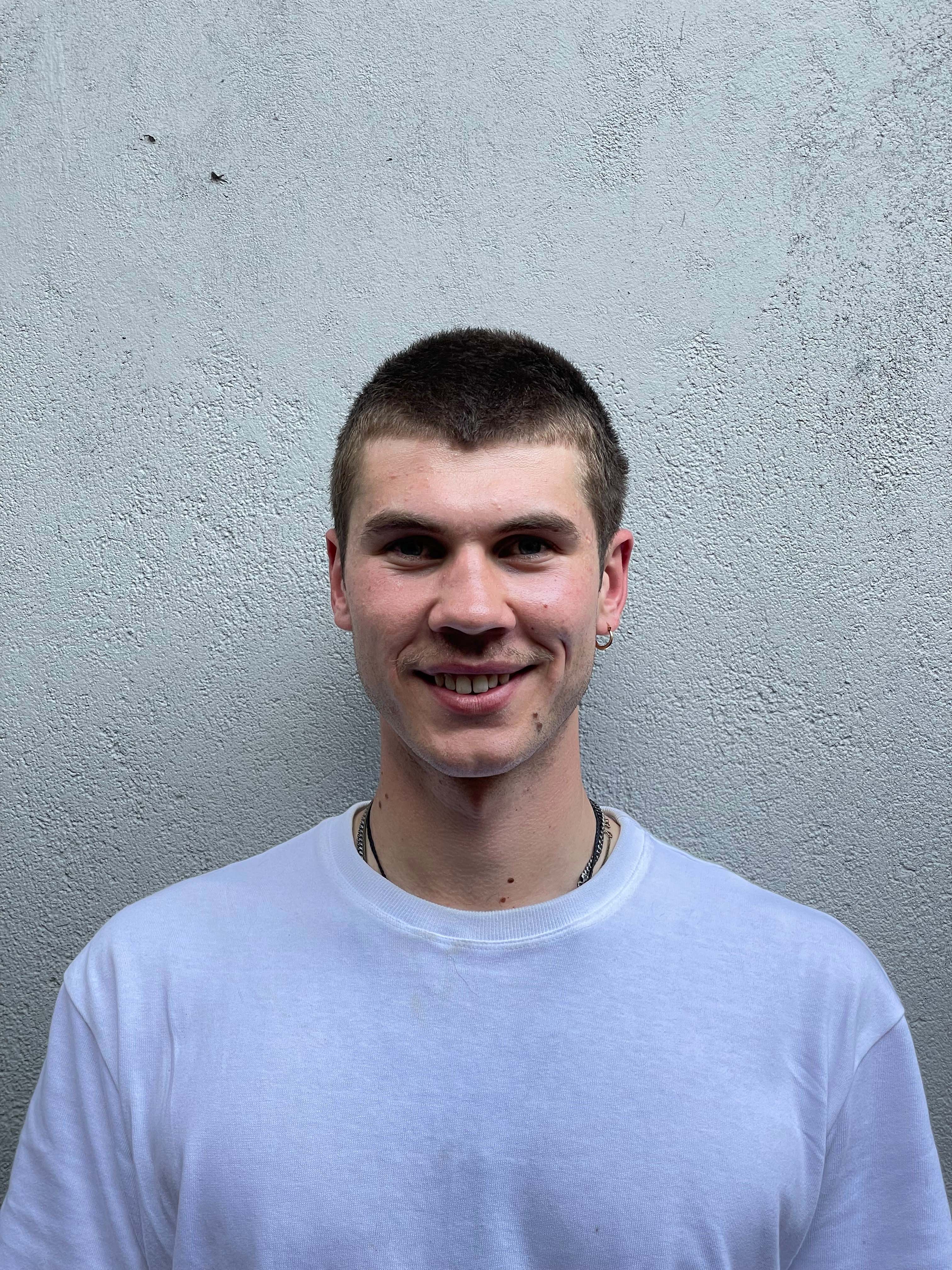What it does
The world’s first fully recyclable mattress designed for circularity. It improves sleep while tackling the global mattress waste crisis. Engineered for the user and the recycler through mono-material innovation and systems-conscious design.
Your inspiration
It started with a roadside mattress. Once I noticed one, I saw them everywhere. I discovered that over 1.8 million mattresses are discarded annually in Australia, most destined for landfill despite being partly recyclable. The real issue wasn’t just volume, it was design. Mattresses are glued, layered, and nearly impossible to disassemble. I saw an opportunity: what if we could design a mattress made to come apart, be repaired, and fully recovered? That insight, and months of research with recyclers and material suppliers, led to Flow—a circular mattress system designed for the end, as much as the beginning.
How it works
Flow is a circular mattress system designed to be fully recyclable and disassembled in under 30 seconds. At its core is a single TPE polymer extrusion, engineered to meet the key physiological needs of sleep; pressure relief, breathability, and spinal support. The lattice structure forms a continuous mono-material with multiple densities and isolated compression that deliver multi-zoned support while enhancing airflow for a cooler, more restorative sleep. The outer casing is made from cotton and polyester, and secured with a single chainstitch seam. It can be removed in one motion, without tools, and its material blend is selected for compatibility with existing textile recycling systems. The entire system avoids glues, staples, and mixed materials, allowing every component to be recycled. Flow transforms the mattress from a bulky, waste-bound object into a circular product system that’s intuitive, scalable, and designed for both users and recyclers.
Design process
The project began with a 4-month research phase: interviews with mattress recyclers, material scientists, and members of the Australian Bedding Stewardship Council. The goal was ambitious, zero mattresses to landfill. Insights from these experts revealed core design failures: adhesives, mixed materials, and disassembly barriers. A 5-month design phase followed, driven by those findings. I worked closely with stakeholders to develop multiple design lenses, exploring the problem from manufacturing, recycling, and user perspectives. This ongoing dialogue grounded every decision in feasibility and future systems thinking. Prototyping began with rough concepts, evolving through continuous user interviews and hands-on testing. I scaled the outer casing from 1/8th to 1/2 scale, anticipating structural and ergonomic issues as fidelity increased. Achieving a 30-second disassembly at half-scale, using rigid foam, confirmed the system's logic before full production. Finally, with a full-scale prototype complete, I drove it to the mattress recyclers. On their table, pulled from the boot of my car, I disassembled the mattress, in 30 seconds, no tools, no sharp edges. A contrast to the 8 minute average disassembly time. The clarity and simplicity of the system surprised everyone in the room.
How it is different
Most mattresses are designed to be comfortable, not recoverable. They rely on layered foams, glues, and mixed materials that make disassembly and recycling nearly impossible. Flow is different because it rethinks the mattress from the ground up. It features a mono-material TPE lattice that replaces foam and springs while improving breathability and zoned support, key factors in high-quality sleep. This isn’t a compromise between comfort and sustainability, it’s an improvement on both. The outer casing unravels with a single chainstitch seam, made from materials selected for recycling compatibility. Disassembly takes 30 seconds, with no tools unlike the current 8 minute average. Visual cues are built into the form language to guide users and recyclers alike. Components are built for longevity, repair, and full recovery. Flow isn’t an eco-friendly upgrade. It’s a fundamental redesign, solving a global waste problem while setting a new standard in sleep design.
Future plans
The next step is refining Flow for scalable manufacturing. The unique mono-material extrusion method makes it possible to introduce a fully circular mattress into the market, simplifying production while maintaining material purity and sleep performance. I’m in discussions with local and international manufacturers, and working with the Australian Bedding Stewardship Council to develop a sustainable commercialisation strategy that aligns with national recovery targets. I aim to launch Flow as a direct-to-consumer brand and partner with recyclers to close the loop. Long-term, Flow is a template for circularity in other high-waste industries
Awards
The Flow Mattress Project received the Dean’s Award and Design Excellence Award at RMIT. I was also selected as a finalist for the Graduate of the Year Awards (GOTYA). Flow has since been submitted to multiple national and international design awards, including the Victorian Premier’s Design Awards, recognising its impact.



Connect